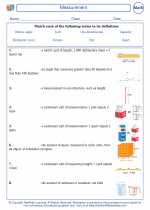Integers
Definition:
An integer is a whole number that can be positive, negative, or zero. It does not include fractions or decimals.
Examples of Integers:
- ... -3, -2, -1, 0, 1, 2, 3 ...
Types of Integers:
Integers can be categorized into three types: positive integers, negative integers, and zero.
Positive Integers:
Positive integers are whole numbers greater than zero. They are written without a sign.
Examples: 1, 2, 3, 4, ...
Negative Integers:
Negative integers are whole numbers less than zero. They are written with a negative sign ("-").
Examples: -1, -2, -3, -4, ...
Zero:
Zero is a whole number that represents the absence of quantity. It is neither positive nor negative.
Example: 0
Number Line:
Integers can be represented on a number line, with positive integers to the right of zero and negative integers to the left of zero.
Operations with Integers:
Addition:
When adding integers with the same sign, add their absolute values and keep the sign.
Example: (-3) + (-5) = -8
When adding integers with different signs, subtract the smaller absolute value from the larger absolute value and keep the sign of the number with the larger absolute value.
Example: (-3) + 5 = 2
Subtraction:
Subtracting an integer is the same as adding its opposite.
Example: (-7) - (-4) = (-7) + 4 = -3
Multiplication:
When multiplying integers with the same sign, the product is positive. When multiplying integers with different signs, the product is negative.
Example: (-2) * 3 = -6
Division:
When dividing integers, the quotient has the same sign as the dividend if both numbers have the same sign. If the numbers have different signs, the quotient is negative.
Example: (-10) / (-2) = 5
Study Guide:
When working with integers, it's important to understand the concepts of positive and negative numbers, as well as the rules for performing operations with integers. Here are some key points to remember when studying integers:
- Integers include positive numbers, negative numbers, and zero.
- Integers can be represented on a number line.
- Adding and subtracting integers involves considering the signs of the numbers.
- Multiplying and dividing integers also have rules based on the signs of the numbers being multiplied or divided.
Practice with various integer operations and familiarize yourself with the rules for each operation. Drawing number lines and using visual aids can also be helpful in understanding how integers work.
Remember that integers are used in many real-world situations, such as calculating temperatures, distances, and financial transactions. Understanding integers is an important foundational skill in mathematics.
[Integers] Related Worksheets and Study Guides:
.◂Math Worksheets and Study Guides Fourth Grade. Measurement
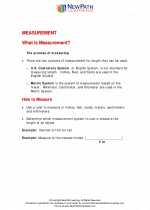
 Activity Lesson
Activity Lesson
 Activity Lesson
Activity Lesson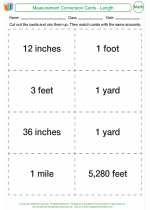
 Activity Lesson
Activity Lesson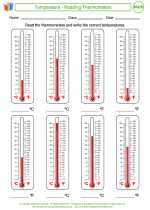
 Worksheet/Answer key
Worksheet/Answer key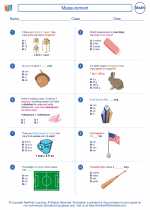
 Worksheet/Answer key
Worksheet/Answer key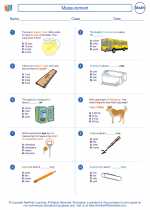
 Worksheet/Answer key
Worksheet/Answer key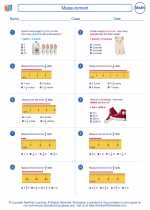
 Worksheet/Answer key
Worksheet/Answer key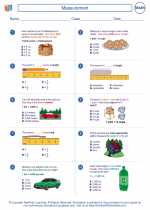
 Worksheet/Answer key
Worksheet/Answer key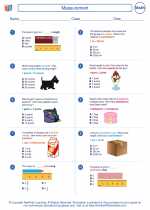
 Worksheet/Answer key
Worksheet/Answer key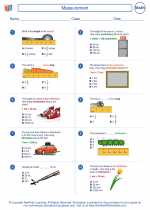
 Worksheet/Answer key
Worksheet/Answer key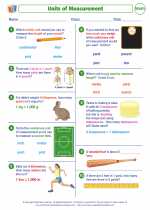
 Worksheet/Answer key
Worksheet/Answer key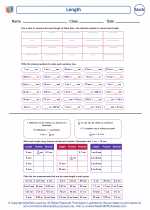
 Worksheet/Answer key
Worksheet/Answer key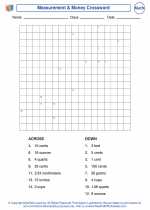
 Worksheet/Answer key
Worksheet/Answer key
 Vocabulary/Answer key
Vocabulary/Answer key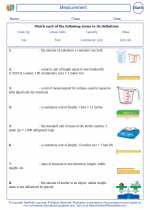
 Vocabulary/Answer key
Vocabulary/Answer key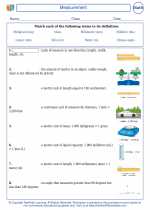
 Vocabulary/Answer key
Vocabulary/Answer key